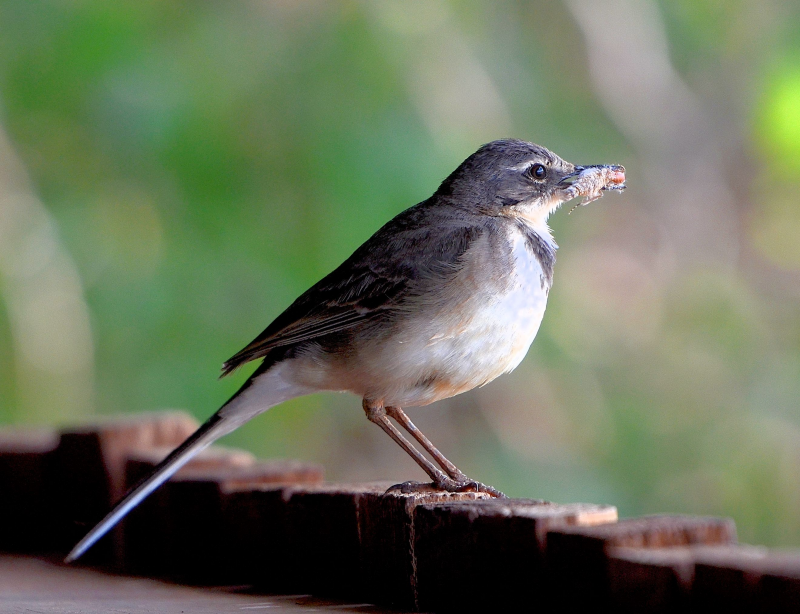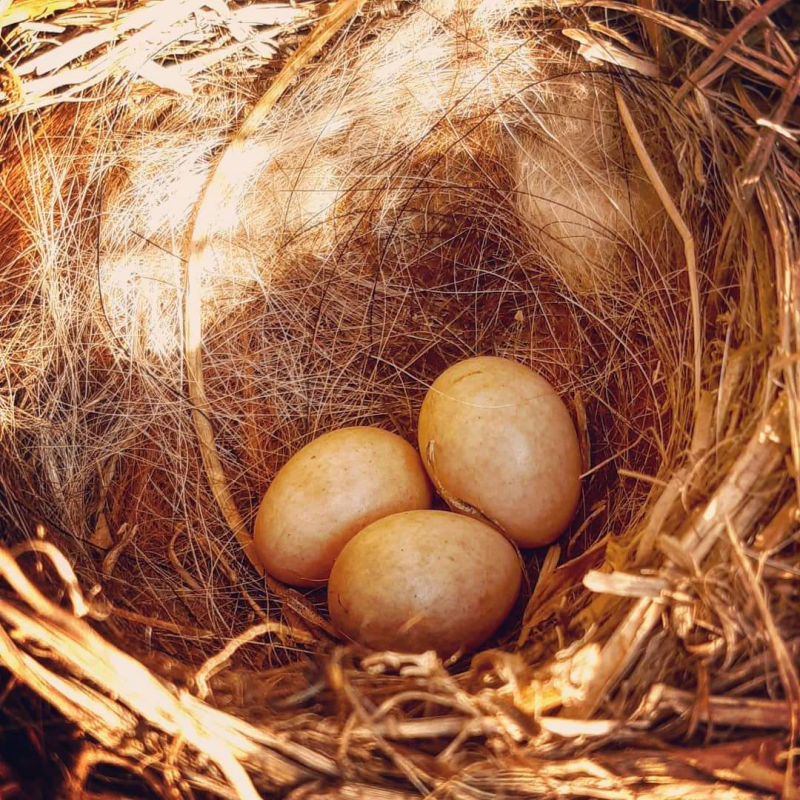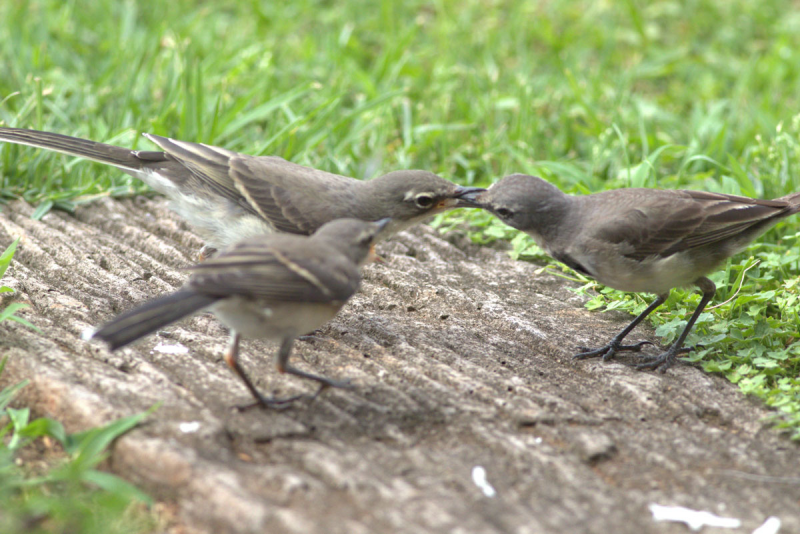Cover photo by Anthony Archer – BirdPix 188952 Cape Wagtail
Identification
Cape Wagtails are medium-sized, greyish-brown birds with long tails and a distinct dark grey collar on their chests (the exact shape of the collar can vary quite a bit between individual birds). Other distinguishing features include a thin white line above and below the eye, a whitish throat, a thin, black bill, and bright white outer tail feathers, often seen in flight. The legs and feet are blackish, and males and females look alike.

Though juvenile Cape Wagtails closely resemble adult birds, there are a few differences to note: juveniles tend to be more brown overall than gray, and the feathers on their wings often have broad, buffy edges. Many juveniles also have a distinct yellowish tinge to their underparts.

Habitat
The Cape Wagtail frequents open habitats especially those near water. It also prefers lawns, gardens, parks and rocky coastlines. It is a mostly resident, territorial species, but it can undertake limited altitudinal migration or form flocks outside of the breeding season.
Distribution
The Cape Wagtail has a wide distribution range. It occupies Uganda, eastern DRC and Kenya, but the bulk of its population extends from southern DRC through Zambia and Angola to southern Africa. In southern Africa it is especially common across South Africa, eSwatini and Lesotho It is more scarce in Namibia, northern and south-eastern Botswana, Zimbabwe and southern Mozambique.

Behaviour
The Cape Wagtail forages for food while walking along the ground, bobbing its head and tail constantly. It mainly eats invertebrates and scraps of human food. It often eats insects which get attracted to lights in the early morning or caught in car radiators.
Its call is a buzzy “tseeei” that is often doubled and it has a complex song consisting of a jumble of different repeated notes. Take a listen here.

The Cape wagtail is a monogamous, territorial solitary nester, and breeding pairs stay together over a number of breeding seasons. The nest is built by both sexes and consists of a cup made of a wide range of materials, both natural and artificial, which is lined with hair, rootlets, wool and feathers. The nest is situated in a recess within a steep bank, tree, or bush, or in a man-made location such as a hole in a wall, a pot plant, or a bridge.

It breeds all year round but egg-laying peaks from July until December (mid-winter to early summer). Between one and five eggs are laid, which both parents take turns incubating for 13–15 days. Once hatched, the chicks are fed by both parents, until they leave the nest after 14–18 days. Once fledged they adults continue to feed them for another 20–25 days, and the young become fully independent around 44 days – 60 days after fledging.

Further Resources
Species text from the first Southern African Bird Atlas Project (SABAP1), 1997.
Virtual Museum (BirdPix > Search VM > By Scientific or Common Name).
Other common names: Gewone Kwikkie (Afrikaans); Umcelu (Xhosa); umVemve (Zulu); Bergeronnette du Cap (French); Kapstelze (German).
A list of bird species in this format is available here.
Recommended citation format: Loftie-Eaton M and Daniel KA 2023. Cape Wagtail Motacilla capensis. BDI Bird Feeder Project. Biodiversity and Development Institute. Available Online at http://thebdi.org/2023/01/23/cape-wagtail-motacilla-capensis/

